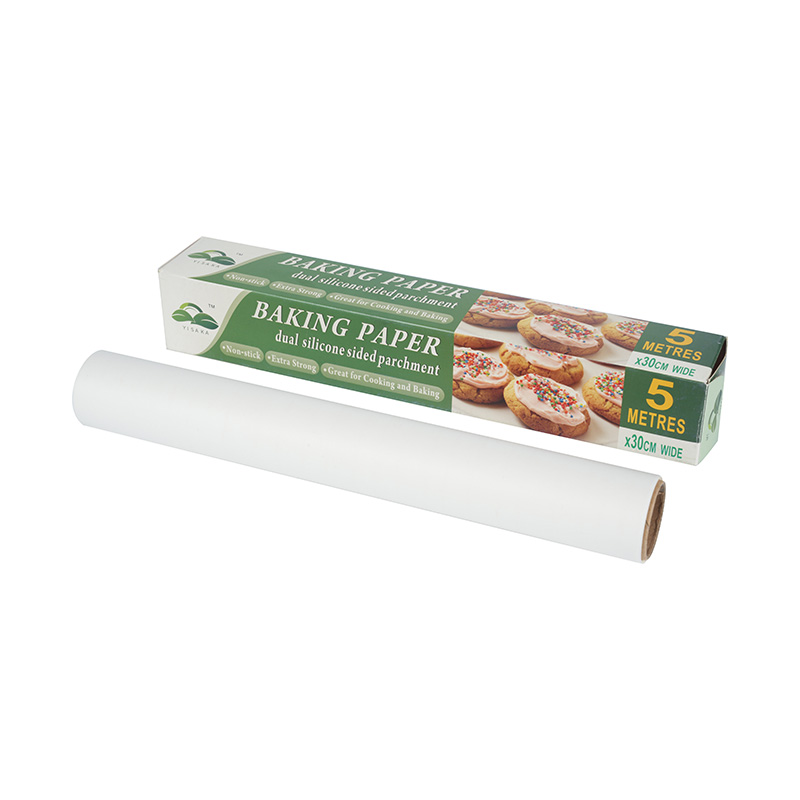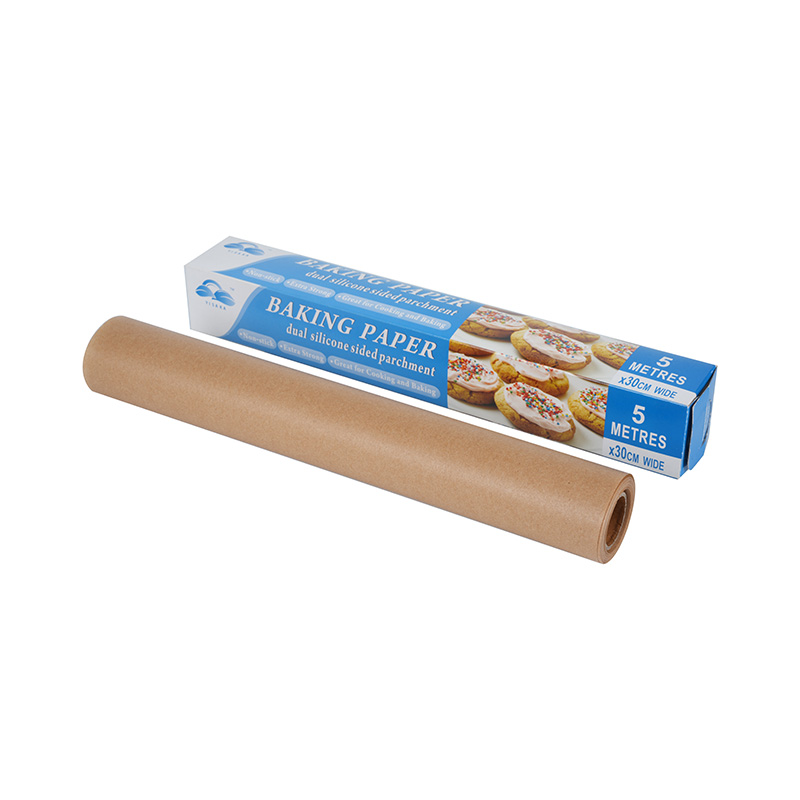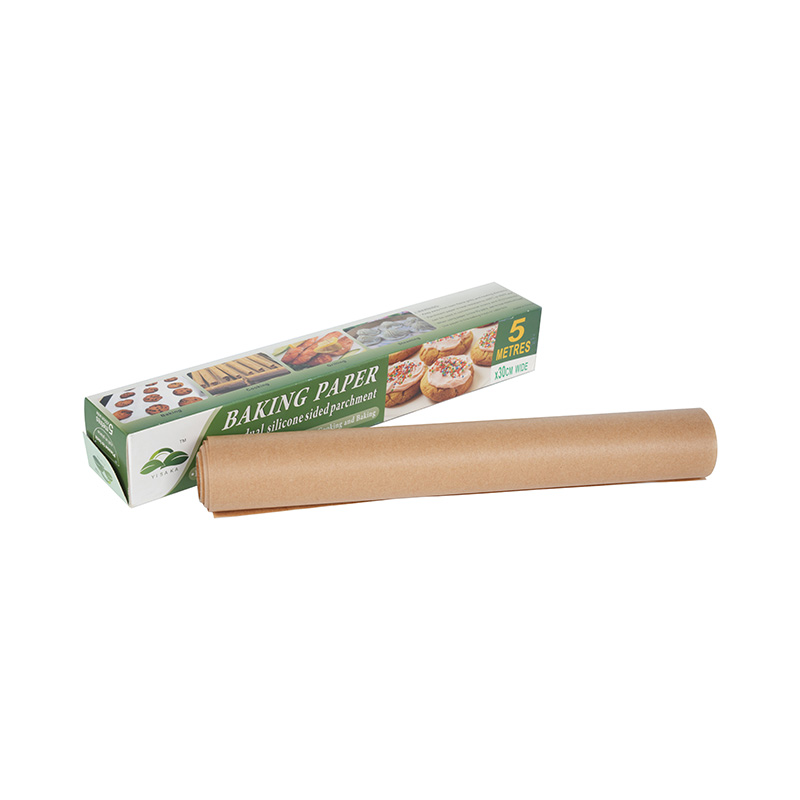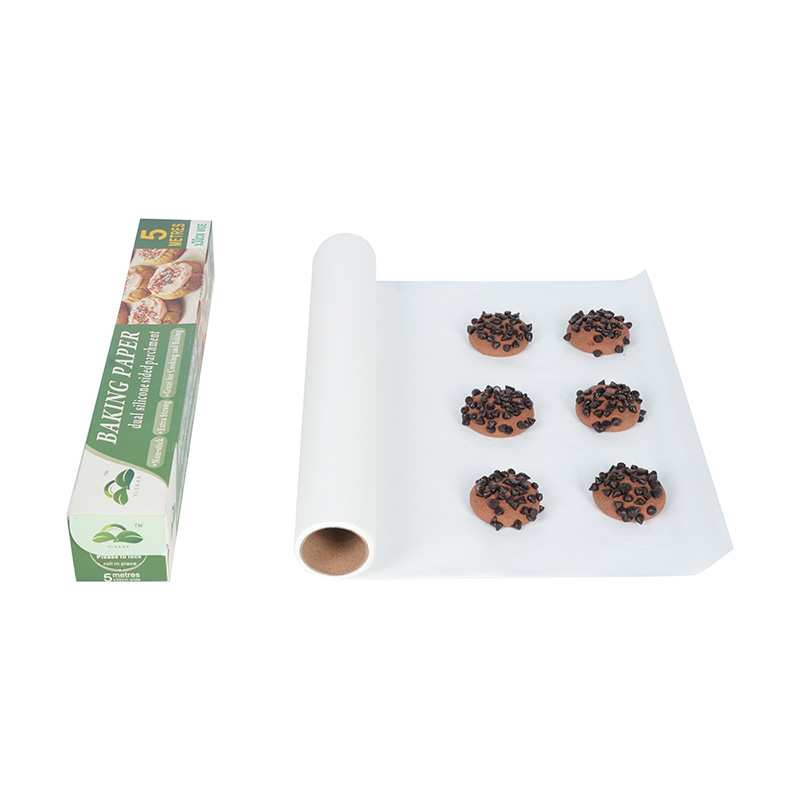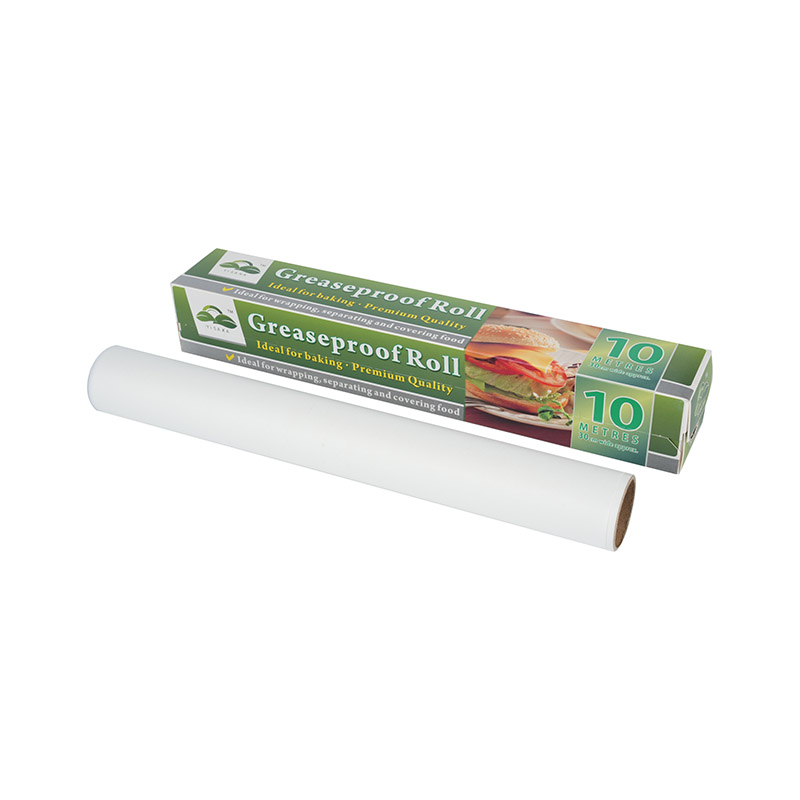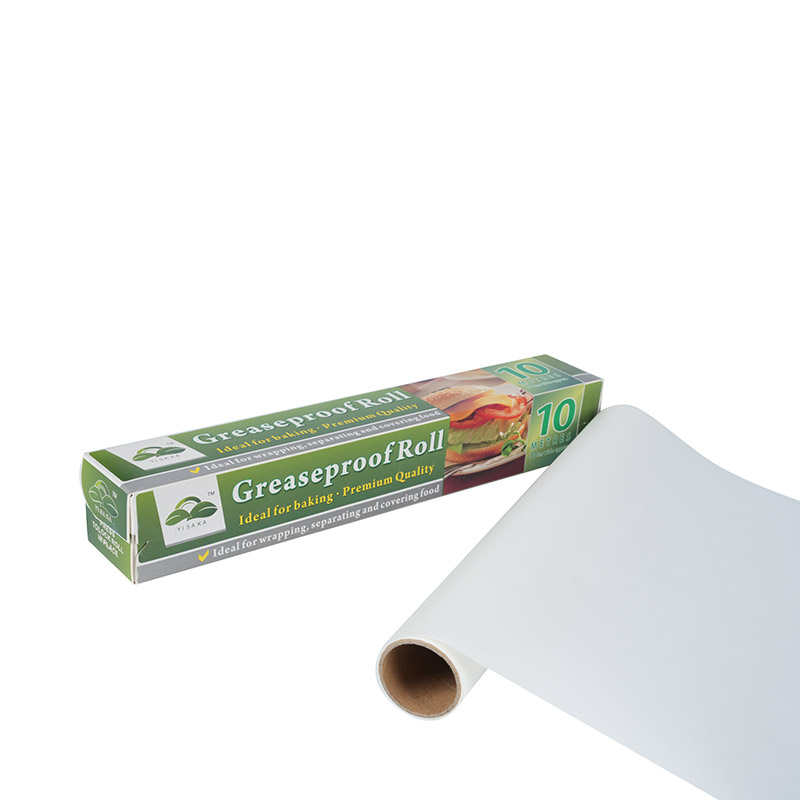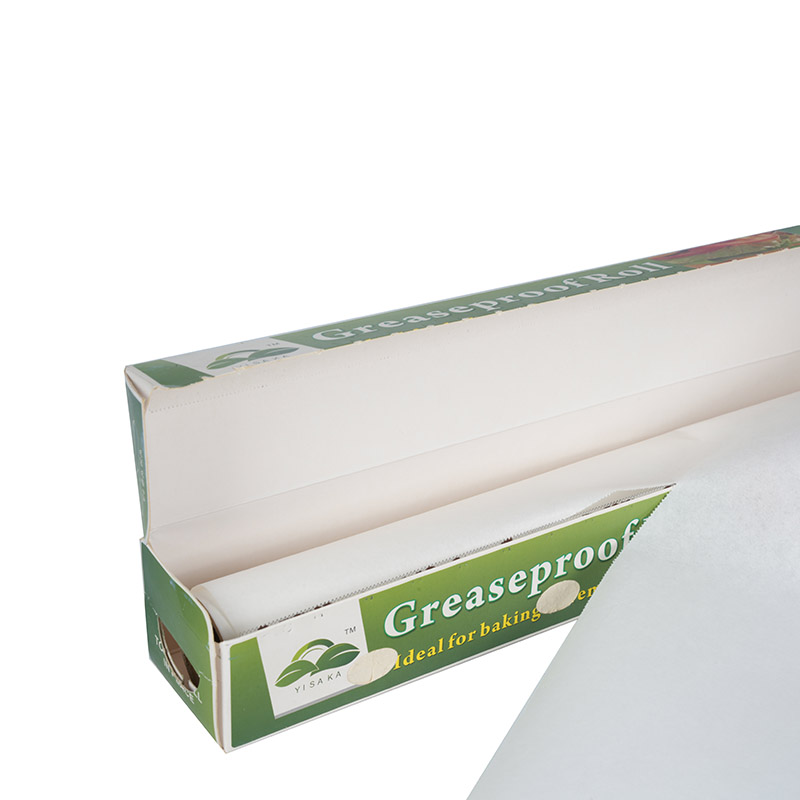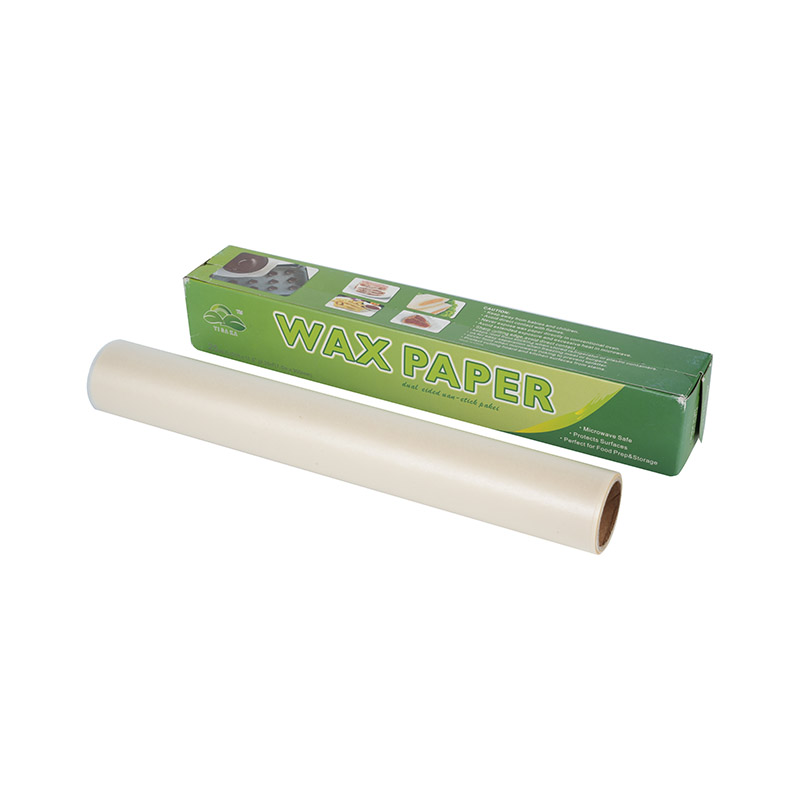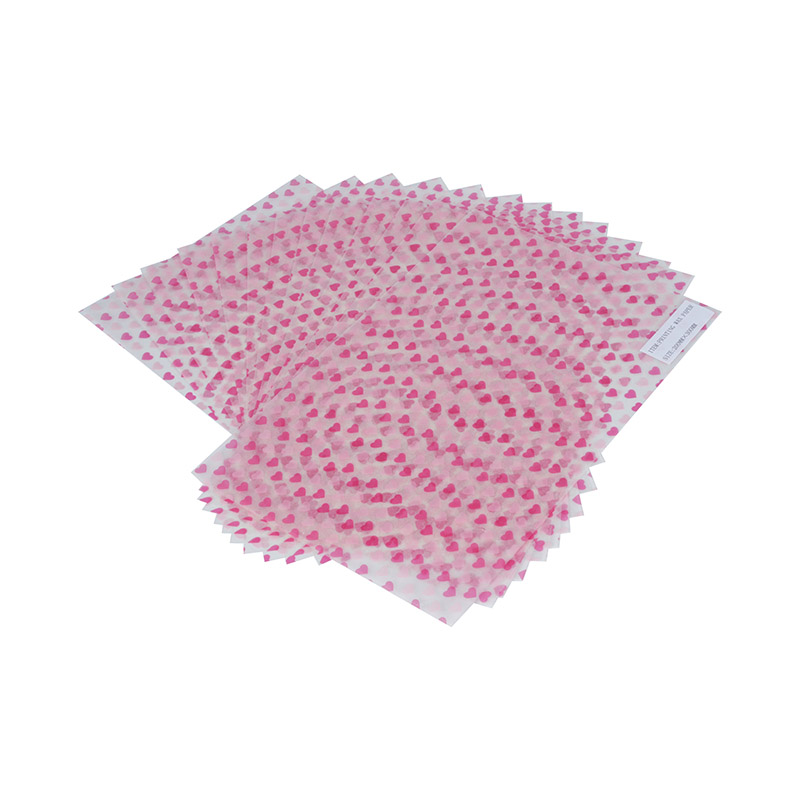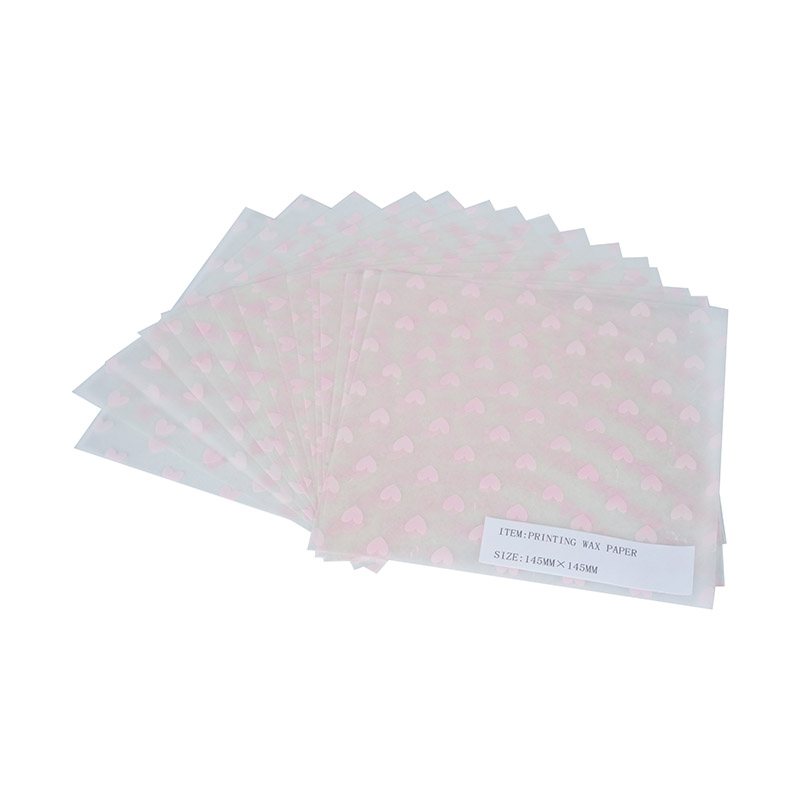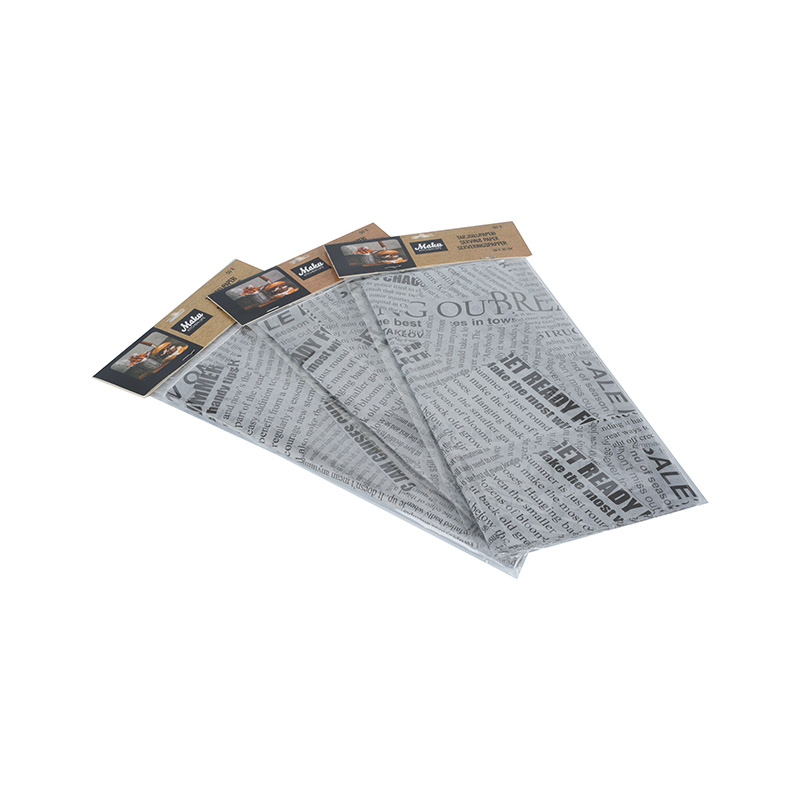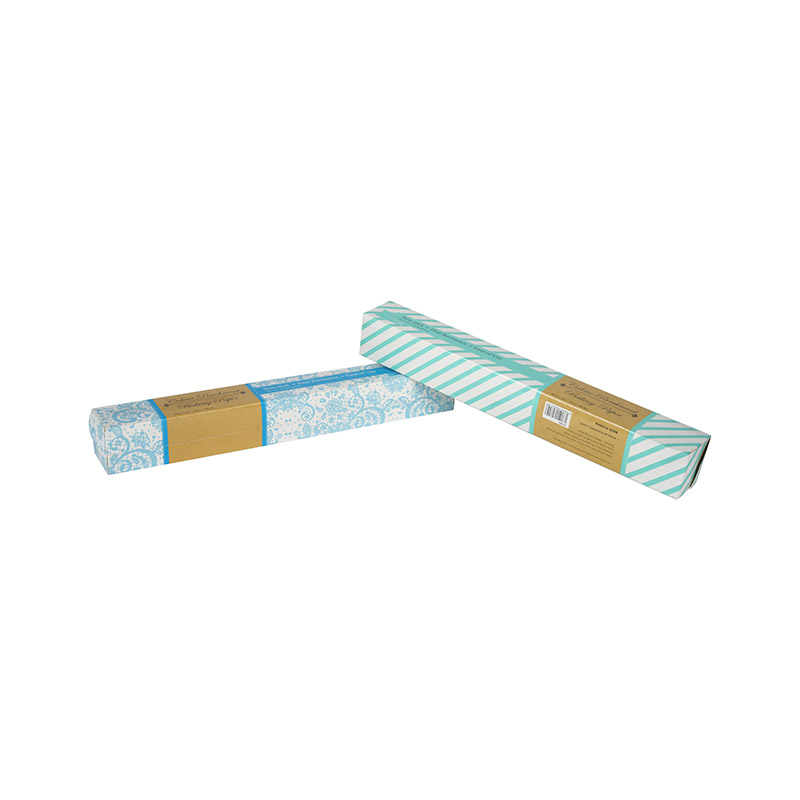When most people think of oven paper, their minds immediately jump to baking. After all, lining a cake tin or cookie sheet is arguably its most common use. However, limiting oven paper to this single function would be a disservice to its true potential. From grilling to steaming, this multi-purpose tool deserves recognition far beyond the confines of dessert-making.
Let’s start with the basics. Oven paper creates a protective layer between food and cooking surfaces, which not only prevents sticking but also ensures even heat distribution. This is particularly useful when working with delicate proteins like fish or chicken breasts. By placing them on a sheet of oven paper before roasting, you avoid the dreaded scenario of skin tearing or flesh adhering to the pan. The result? Perfectly cooked, restaurant-quality meals every time.
But did you know that oven paper can elevate outdoor cooking as well? Grilling enthusiasts often struggle with small pieces of food falling through the grates or charred marinades creating a mess. Enter oven paper: simply lay it over the grill grates and secure it with a little oil spray. Use it to cook veggies, shrimp skewers, or even marinated tofu without losing a single bite to the flames below. Cleanup becomes a breeze, and your grill stays pristine.
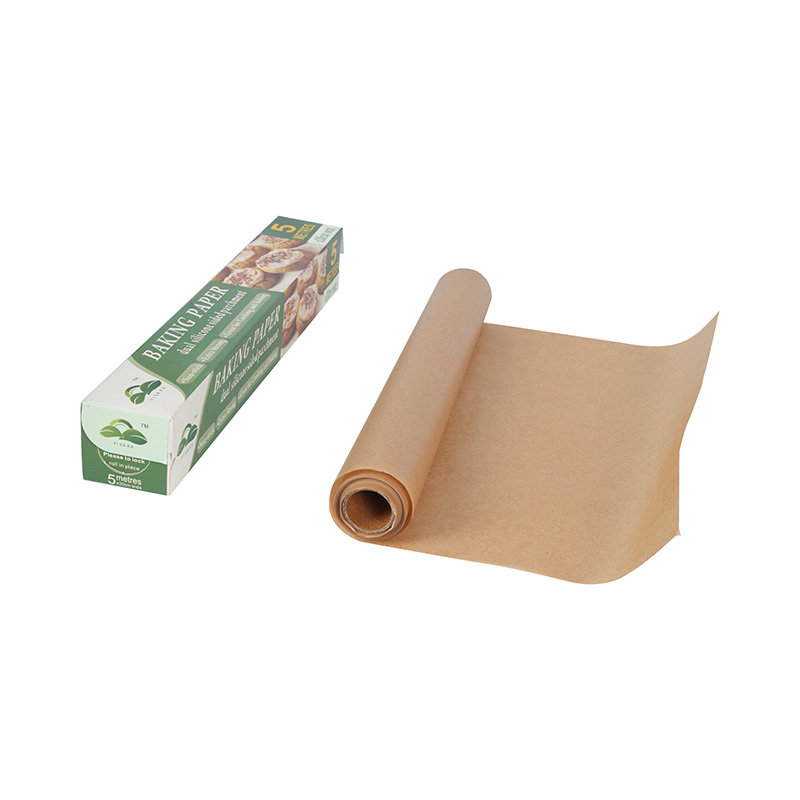
Steaming is another area where oven paper shines. En papillote, a French technique that involves wrapping food in parchment paper packets, allows flavors to meld beautifully while retaining moisture. Whether you’re steaming salmon with herbs or tossing together a medley of seasonal vegetables, oven paper locks in juices and aromas, delivering a burst of flavor with each bite. Best of all, the packets are easy to prepare and require minimal cleanup—a win-win for busy weeknights.
For those who prioritize sustainability, oven paper offers surprising opportunities to reduce waste. Unlike aluminum foil, which cannot always be recycled due to food contamination, oven paper is compostable in many municipalities. Some brands now produce unbleached, chlorine-free versions, catering to eco-conscious consumers seeking greener alternatives.
Even outside the kitchen, oven paper finds creative uses. Artists use it to protect workspaces during painting projects, crafters rely on it for DIY candle-making, and teachers incorporate it into classroom activities. Its durability and resistance to grease make it ideal for crafting stencils or protecting countertops during messy tasks.
Despite its myriad applications, there’s one golden rule to remember: never substitute wax paper for oven paper. Wax paper melts under high heat, potentially ruining your dish—or worse, your oven. Always check packaging labels to ensure you’re using the right product for the job.


 English
English русский
русский